From 4000 entries from 64 countries, Royal Observatory Greenwich in London has announced the winners of its annual Astronomy Photographer of the Year. Have a scroll through their universe.
This year’s winners feature entrants from around the world - from Australia to Norway, the UK to China. Among the stunning images of stars, the Sun and aurorae, photographers have made astonishing new discoveries.
The overall winners with their entry of ‘Andromeda, Unexpected’ have captured a huge plasma arc next to the Andromeda Galaxy which will now be investigated by international scientists. Another of the judges’ favourites, ‘New Class of Galactic Nebulae Around the Star YY Hya’ that won the Stars and Nebulae category, captures a previously unknown galactic nebula containing a pair of stars surrounded by a common envelope, adding another exciting discovery to the winning images.
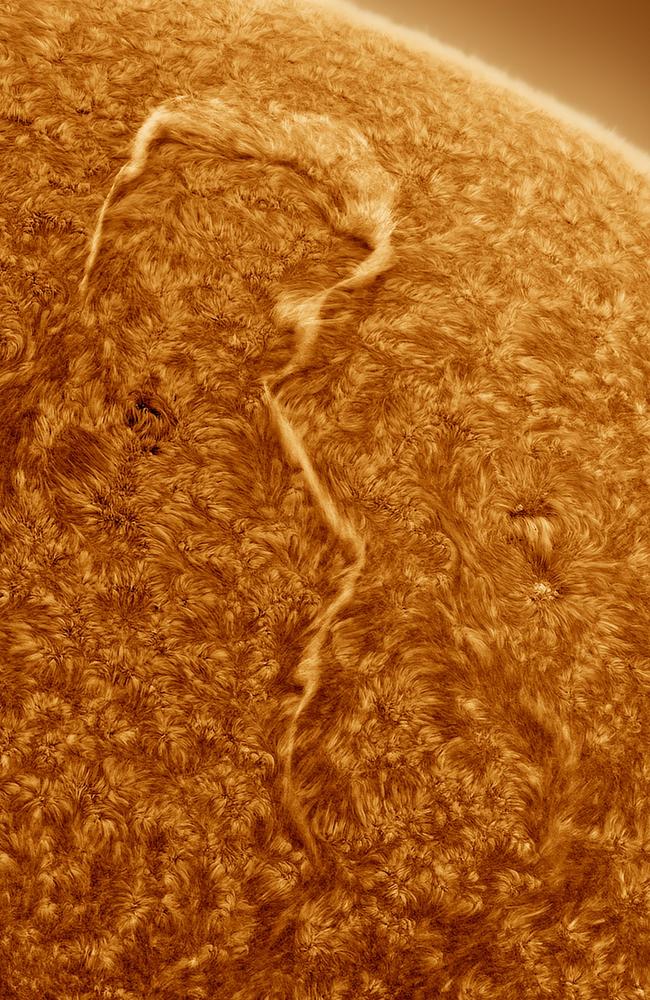
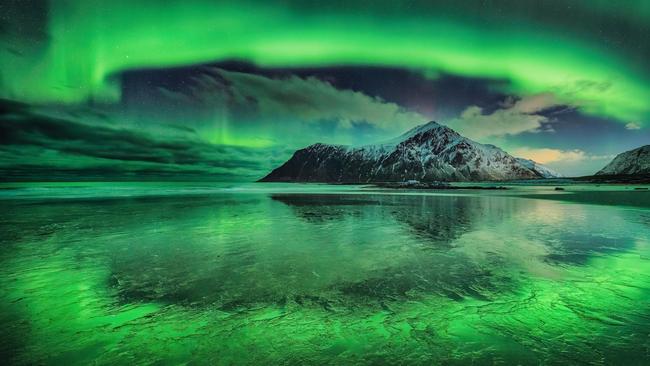
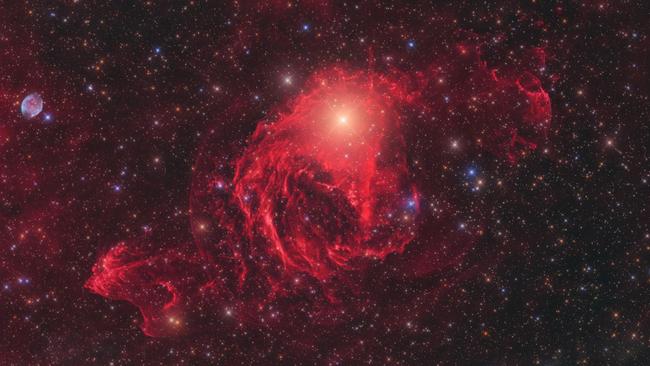
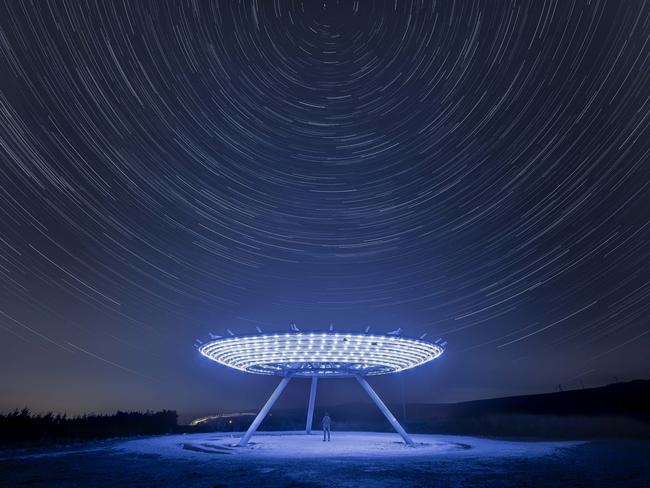
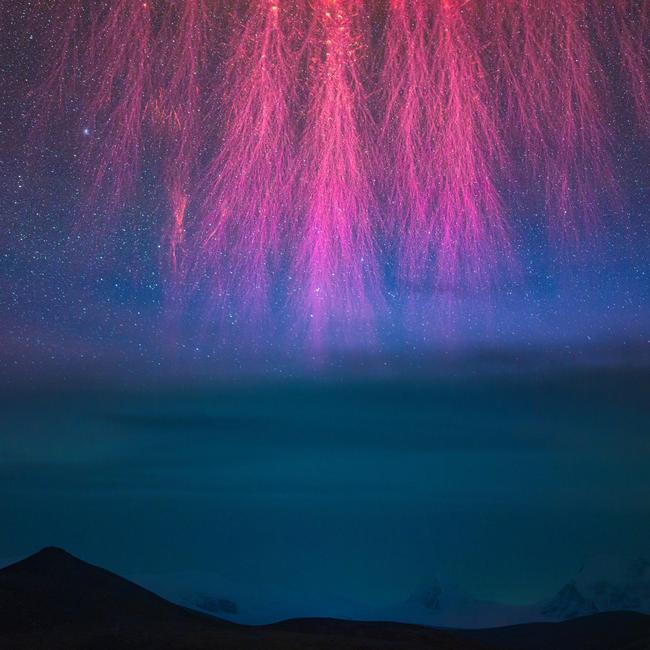
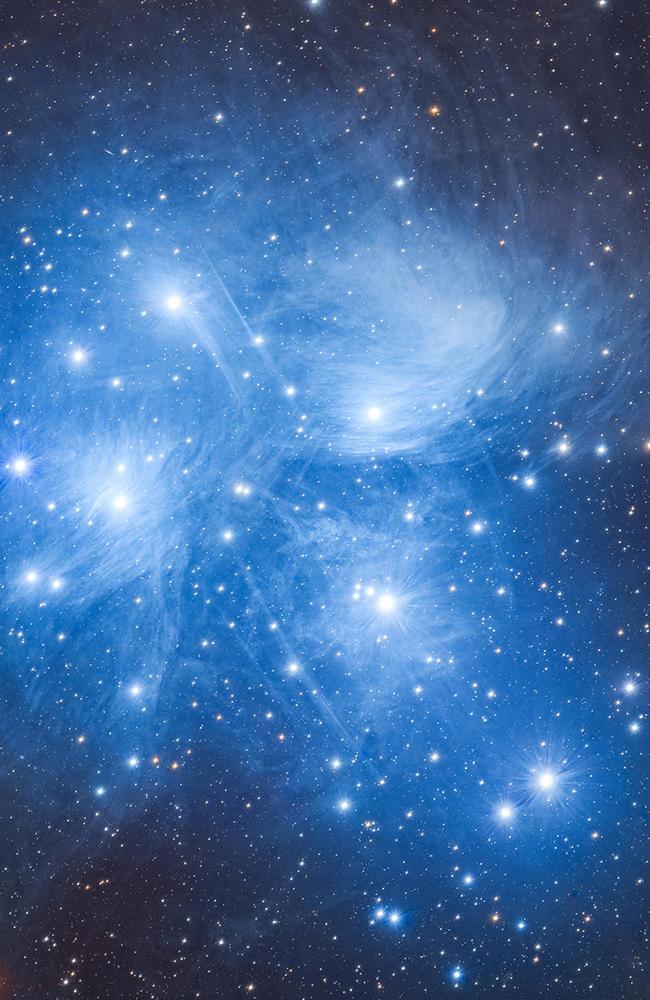
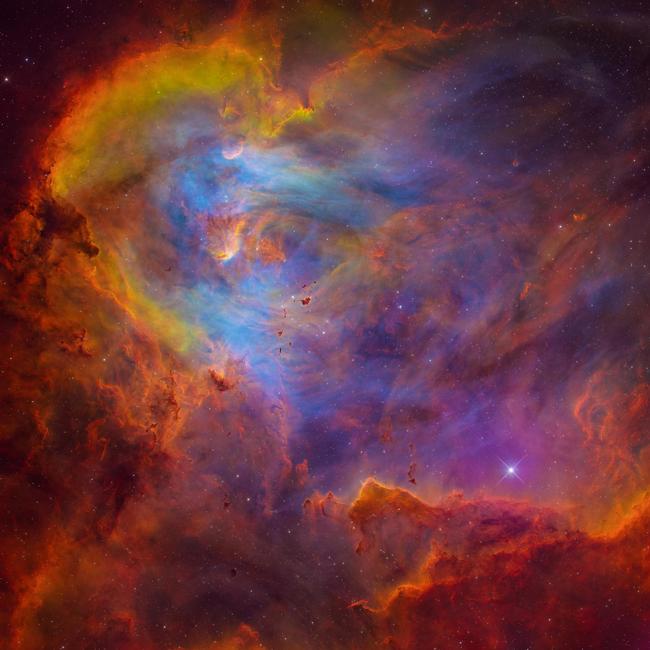
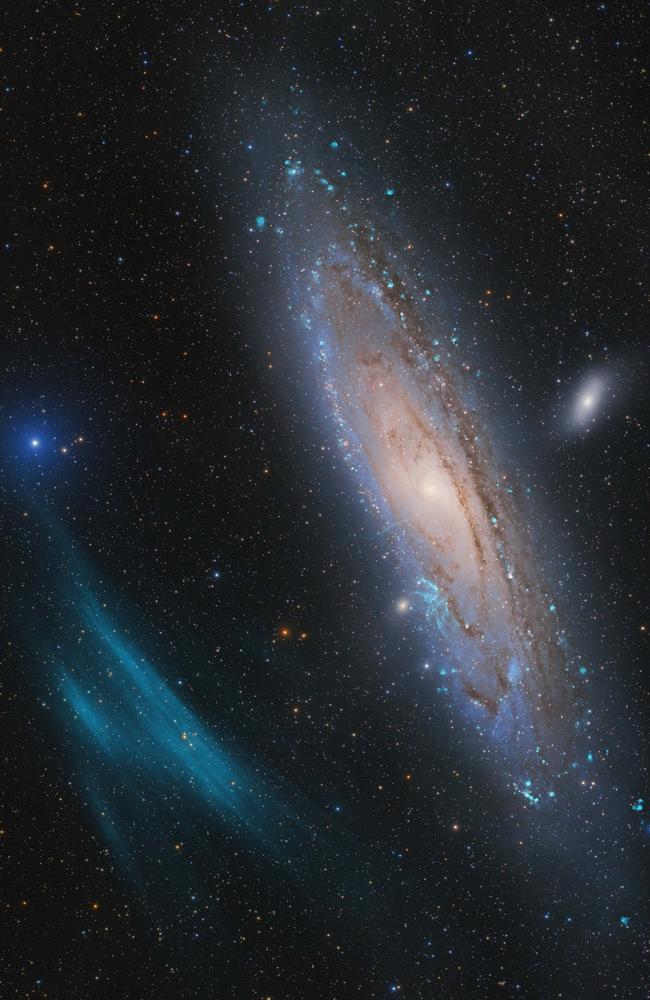
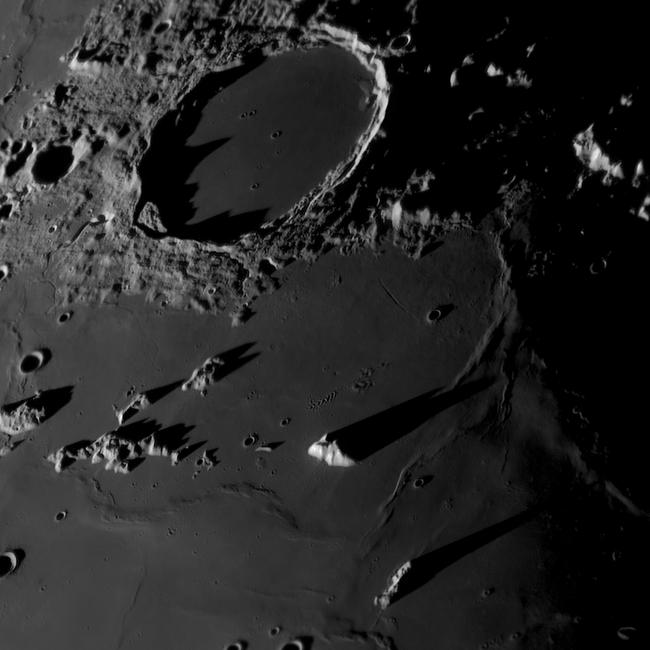
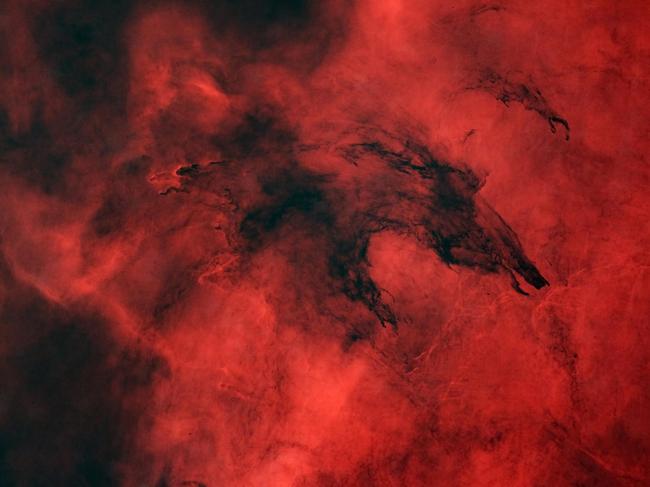
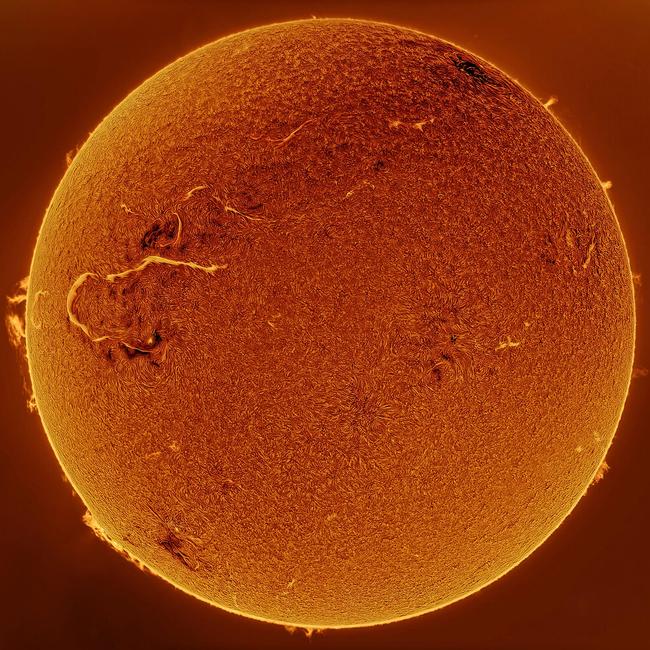
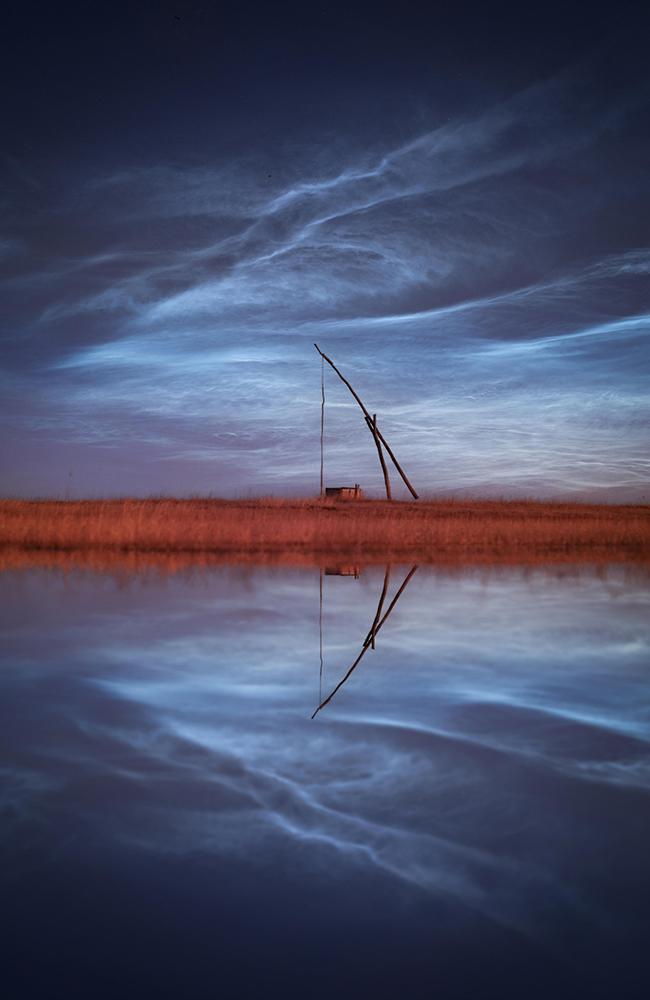
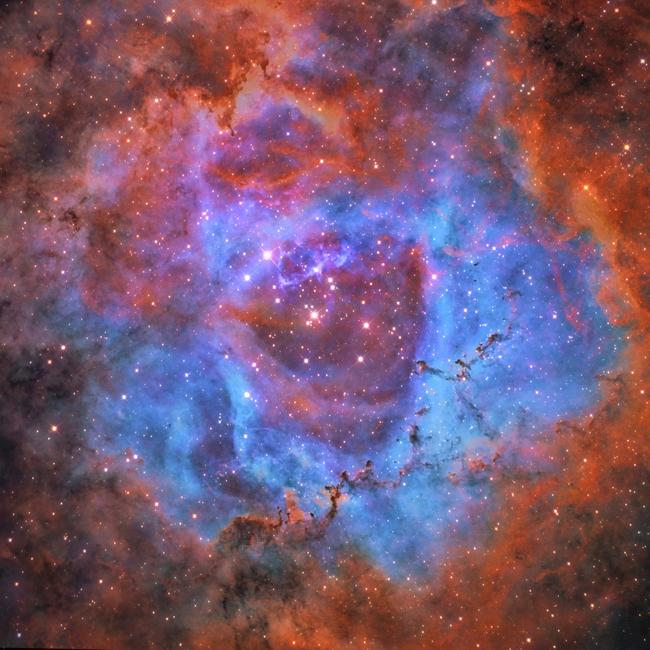
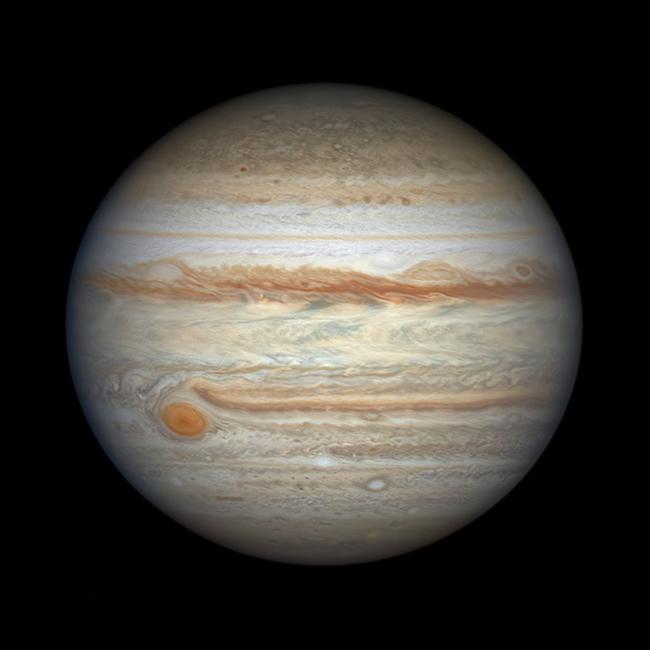
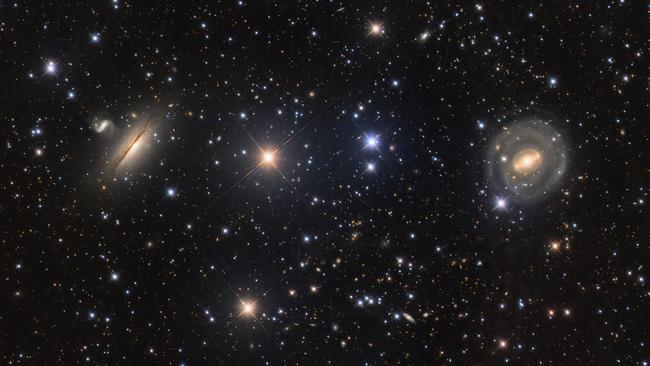
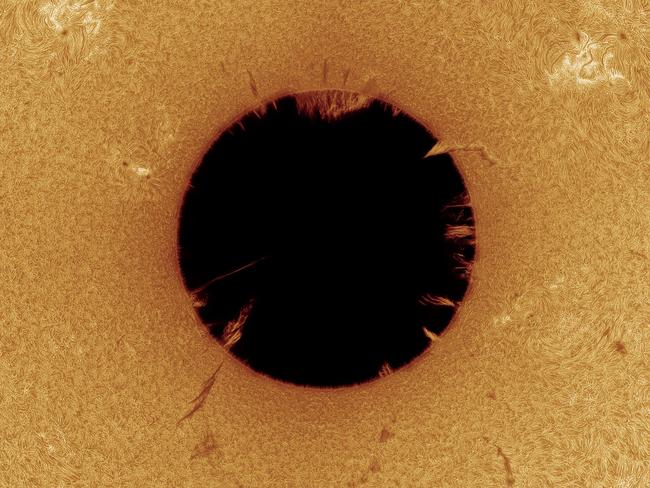
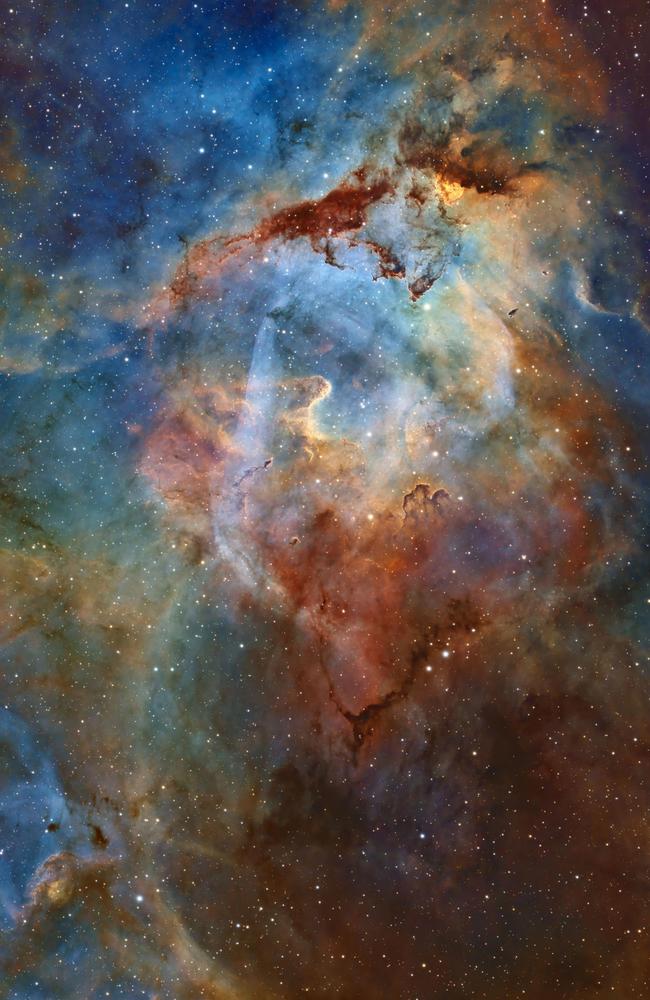
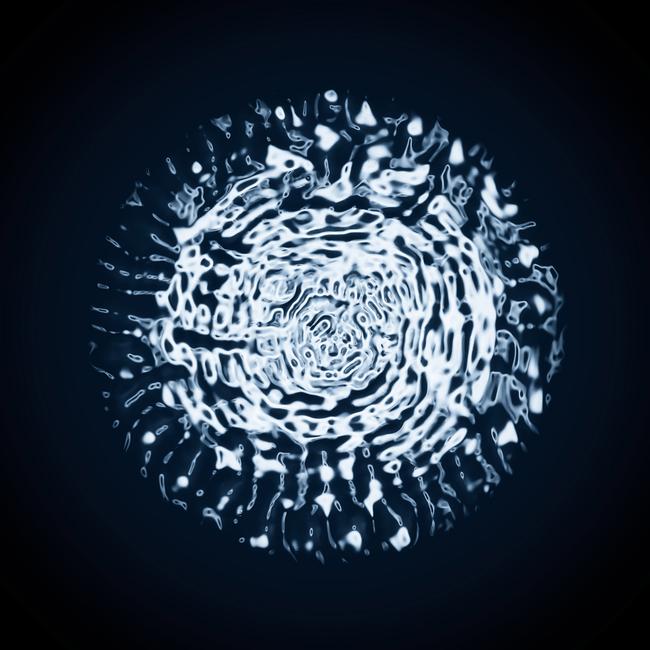
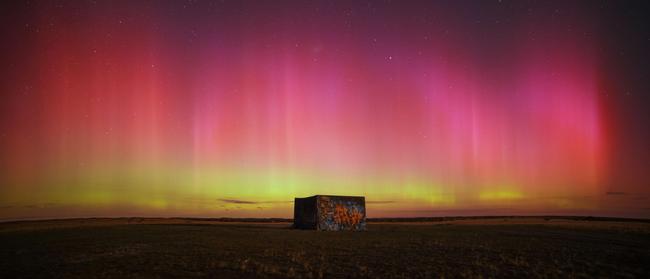
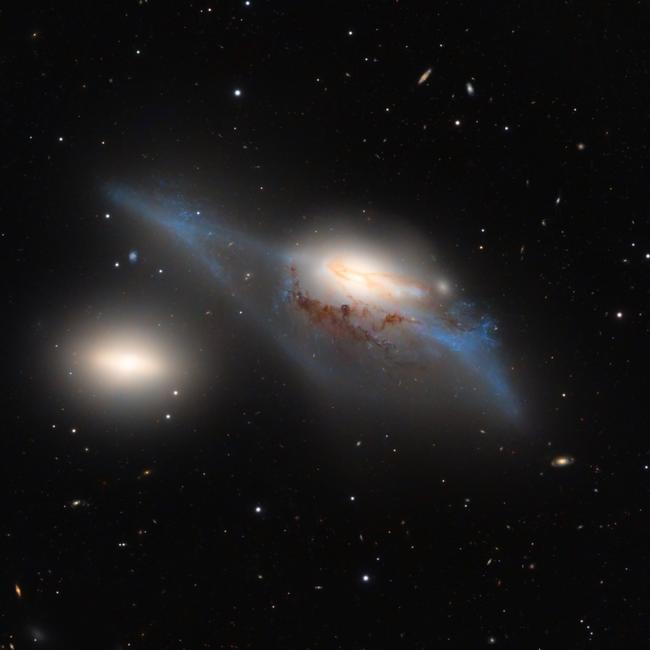
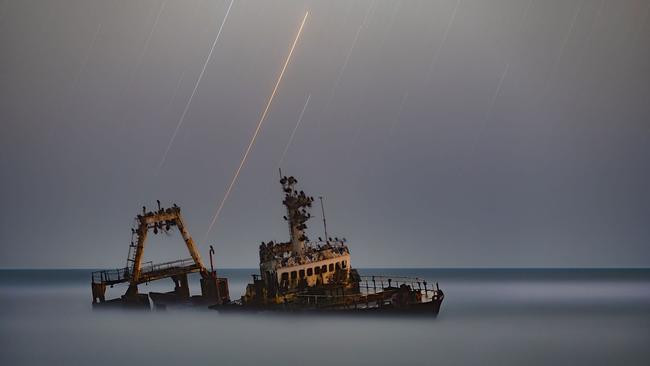
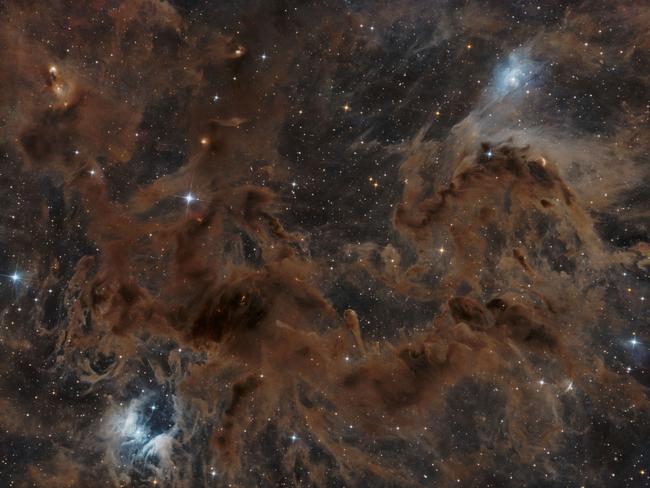
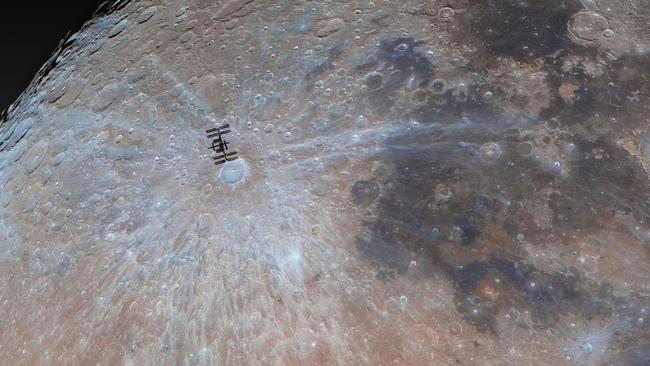

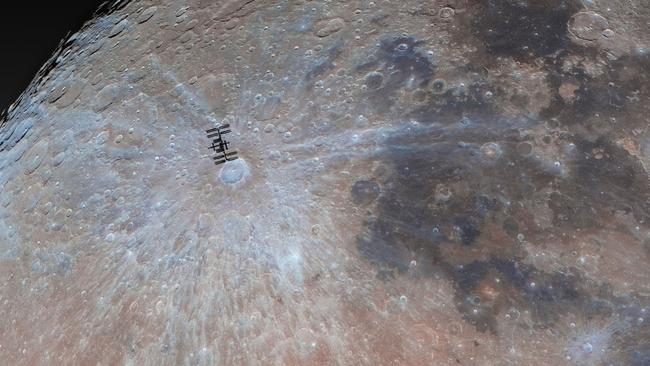
Add your comment to this story
To join the conversation, please log in. Don't have an account? Register
Join the conversation, you are commenting as Logout
Alleged backyard killer named in court
A 41-year-old father has appeared in court accused of murder after a woman was found dead in the backyard of her home.
AFL star allegedly punched, broke man’s jaw at Burleigh Heads
An AFL young gun has been charged after a former NRL star’s nephew was allegedly assaulted and left in hospital with a broken jaw. Read the latest